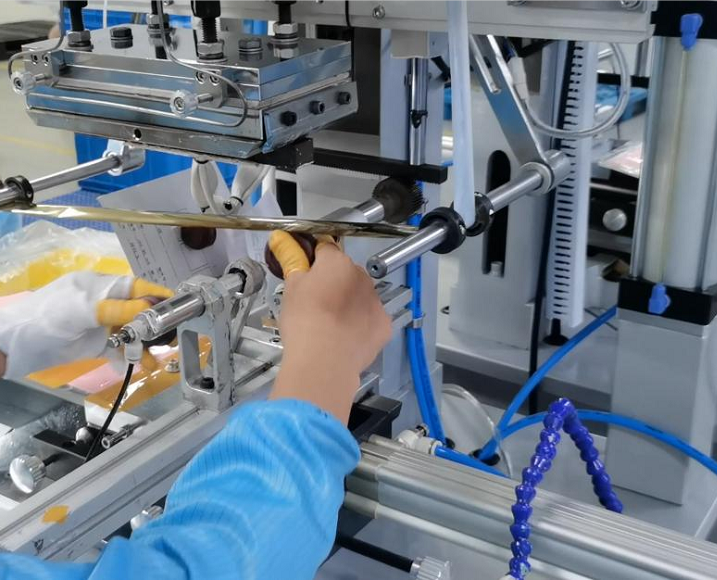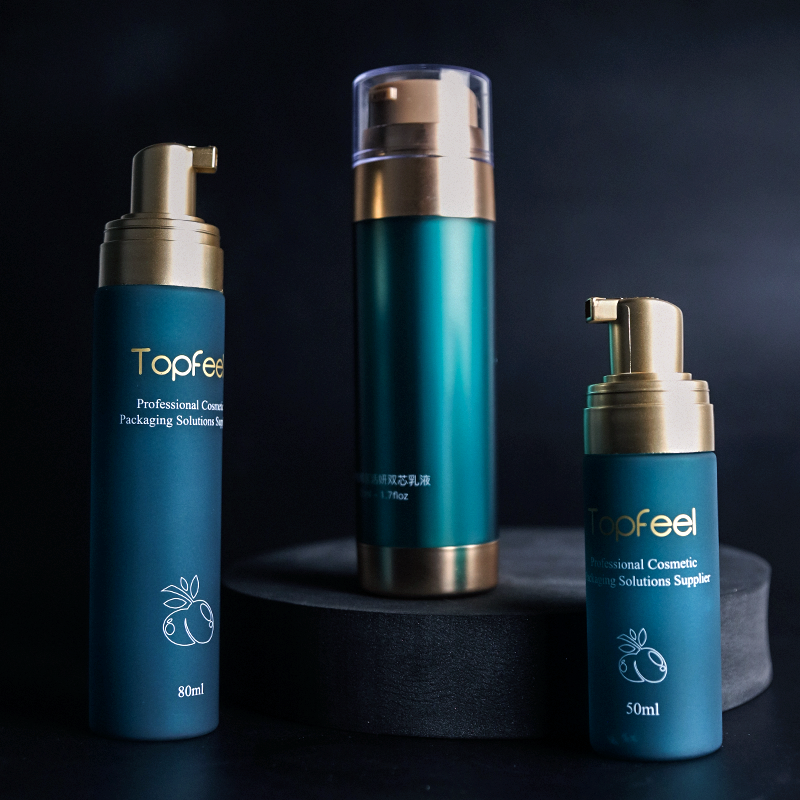Hot stamping is a highly versatile and popular decorative process used in numerous industries, including packaging, printing, automotive, and textile. It involves the application of heat and pressure to transfer a foil or pre-dried ink onto a surface. The process is widely used to enhance the appearance of various products including packaging, labels, and promotional items, adding value and an eye-catching finish.
In the packaging industry, hot stamping is commonly used to create luxurious and premium-looking products. It can add a touch of elegance to items such as cosmetic packaging, wine labels, and high-end consumer goods. The process allows for the application of intricate designs and fine details, making it a popular choice for branding and enhancing the visual appeal of products.

The hot stamping process starts with the creation of a die or a metal plate, which is engraved with the desired design or pattern. This die is then heated and pressed against the foil, causing it to adhere to the substrate’s surface. The heat, pressure, and dwell time are carefully controlled to ensure a precise and consistent transfer of the foil or ink
Advantages of Hot Stamping in Packaging:
Visual Appeal: Hot stamping provides a luxurious and eye-catching finish, making products stand out on the shelf and effectively attracting consumer attention.
Customization: It allows for the application of custom designs, logos, and brand elements, enabling packaging to be personalized and tailored to specific product requirements.
Durability: Hot stamped finishes are durable and resistant to scratching, making them suitable for products that undergo handling and transportation.
Versatility: The process can be used on a wide range of packaging materials including paper, cardboard, plastic, and fabric, offering flexibility in design and application.
High Precision: Hot stamping allows for the creation of intricate and fine details, resulting in high precision and clarity in the finished products.

Disadvantages of Hot Stamping in Packaging:
Limited Color Options: Hot stamping is primarily used for metallic and single-color finishes, and it may not provide the same range of colors as other printing methods such as offset or digital printing.
High Initial Setup Cost: The creation of custom dies and plates for hot stamping can require significant initial investment, especially for small-scale production runs.
Heat Sensitivity: Some packaging materials may be sensitive to heat and pressure, making them unsuitable for hot stamping applications.
In conclusion, hot stamping is a valuable and widely used decorative process in the packaging industry, offering numerous advantages in terms of visual appeal, customization, durability, and versatility. However, careful attention to production matters is necessary to address potential limitations and ensure optimal results in hot stamping applications for packaging. By selecting suitable materials, paying attention to die and plate production, controlling temperature and pressure, considering artwork and design limitations, and implementing rigorous testing and quality control, packaging manufacturers can effectively leverage the benefits of hot stamping to enhance the appeal and value of their products.
Post time: Jan-17-2024
